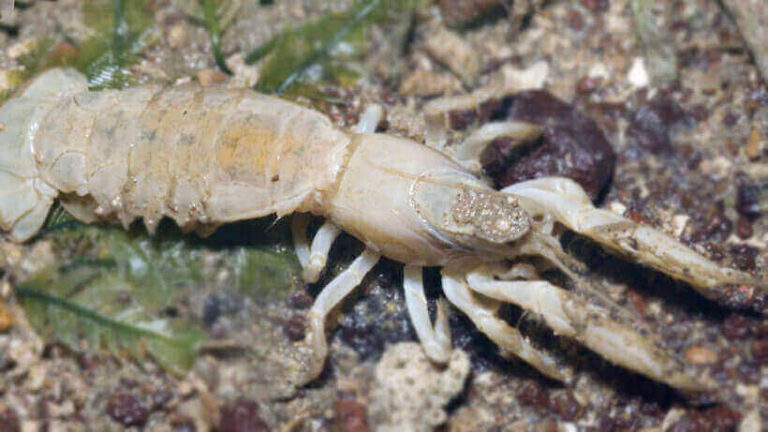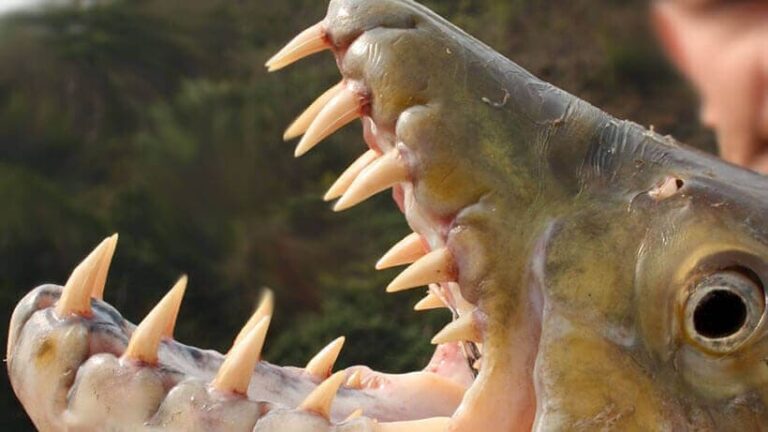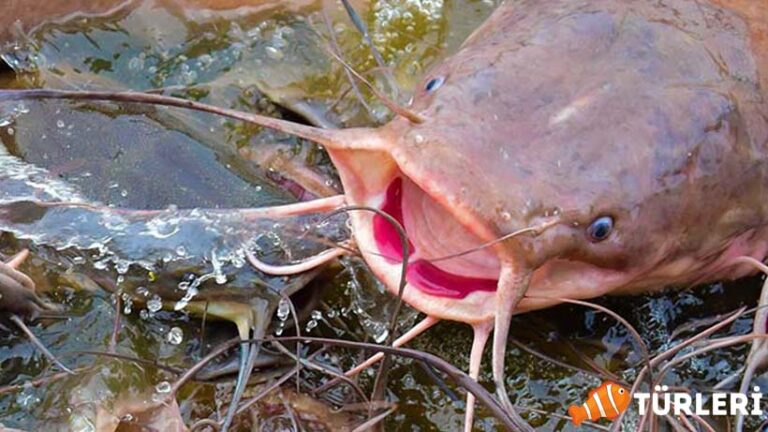Pristella Tetra (X-Ray)
The Pristella Tetra (Pristella maxillaris), commonly referred to as the X-Ray Tetra, is a popular freshwater fish known for its transparent body and relatively easy care requirements. Below is a detailed guide on caring for the Pristella Tetra:
Pristella Tetra (X-Ray Tetra) Fish Species Summary:
| Scientific Name: | Pristella maxillaris |
| Origin: | Freshwater rivers and streams of South America |
| Diet: | Omnivore (mostly feeds on small insects, algae, and plant matter) |
| Behavior: | Peaceful |
| Behavior Towards Their Own Species: | Schooling fish, best kept in groups of at least 5-6. |
| Swimming Zone: | Middle |
| Water Temperature: | 24 – 27 °C (75 – 81 °F) |
| Water Hardness: | Soft to moderately hard (6 – 15 GH) |
| pH Level: | 6.0 – 8.0 |
| Minimum Aquarium Volume: | 75 Liters (20 gallons) |
| Adult Size: | 3.5 – 5 cm (1.5 – 2 inches) |
| Reproduction: | Egg scatterer, requires plants for spawning. |
| Lifespan: | 3 – 5 years (with proper care) |
| Care: | Easy to moderate, requires regular aquarium cleaning and a well-balanced diet. |
Tank Requirements
- Tank Size: A minimum of 20 gallons is recommended for a small school of Pristella Tetras (they are best kept in groups of at least 5-6).
- Water Parameters:
- pH: 6.0-8.0
- Temperature: 75-81°F (24-27°C)
- Water hardness: Soft to moderately hard water is fine
- Filtration: A moderate water flow is sufficient, with filtration to keep the water clean.
- Substrate: A fine gravel or sand substrate is appropriate.
- Plants and Decor: Live or artificial plants, driftwood, and rocks are good additions to the tank to provide hiding spaces and enrich the environment.
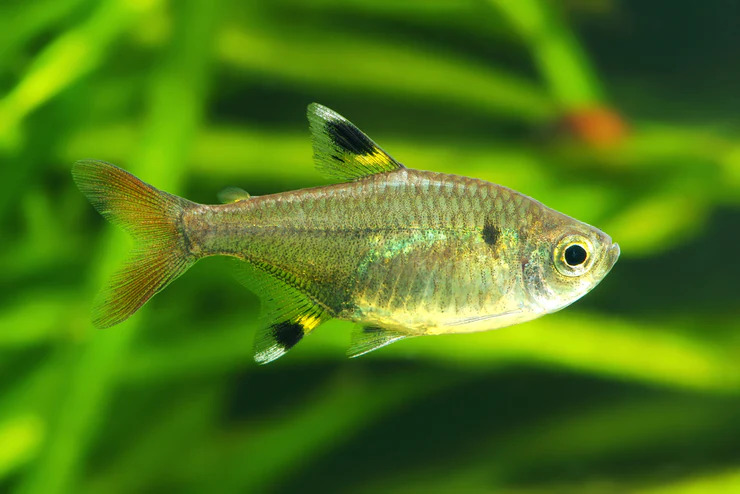
Diet
- Commercial Food: Flakes and pellets formulated for tropical fish.
- Live/Frozen Food: Brine shrimp, daphnia, bloodworms can be given occasionally for variety.
- Feeding Schedule: Feed small amounts once or twice a day.
Tank Mates
Pristella Tetras are generally peaceful fish and can be kept with other non-aggressive species. Suitable tank mates include:
- Other Tetras (e.g., Neon Tetras, Cardinal Tetras)
- Corydoras Catfish
- Guppies
- Mollies
- Platies
- Rasboras
Avoid keeping them with larger or more aggressive fish like cichlids, as they can be intimidated or become prey.
Behavior and Social Structure
- Schooling Fish: Best kept in groups of at least 5-6.
- Activity: Generally active swimmers, especially when comfortable in their environment.
- Compatibility: Peaceful and community-friendly.
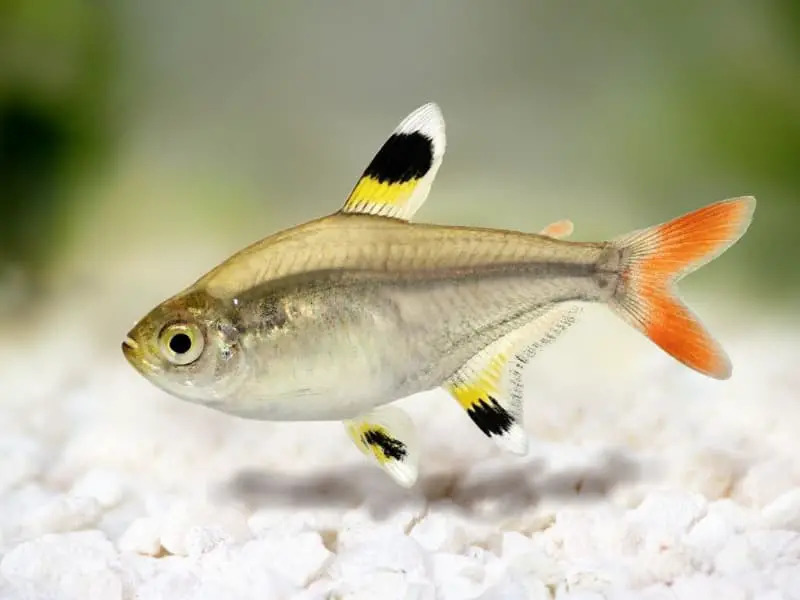
Breeding
- Breeding Tank: A separate breeding tank with softer water and a slightly acidic pH is recommended.
- Spawning: They scatter eggs among plants.
- Fry Care: Newly hatched fry can be fed infusoria or specialized fry food.
Health
- Common Issues: Ich, fin rot, and other common freshwater ailments can occur if water quality deteriorates.
- Prevention: Regular water changes, good filtration, and a balanced diet help to prevent most diseases.
Remember, the above guidelines are starting points and can be adjusted depending on your specific circumstances. Always make sure to closely monitor your tank’s conditions and your fish’s behavior to ensure they are healthy and happy.


